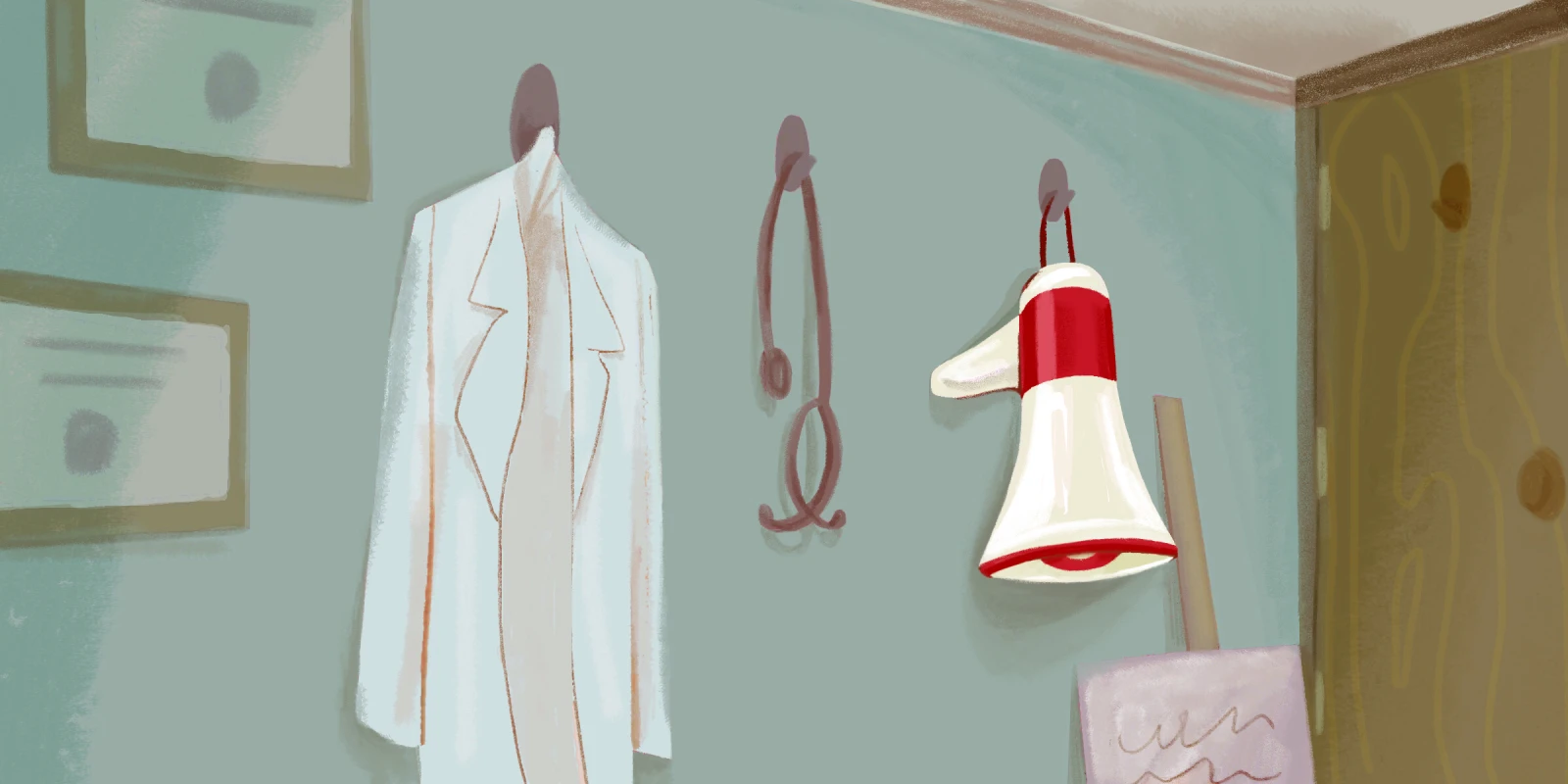An unintended unionization experiment took place at my institution. Three years ago, a major push in favor of unionization took place, spearheaded by our executives in the Resident Council. This rapidly gained momentum and support, only to be thwarted by the greatest union buster of all, the COVID-19 pandemic. With residents and fellows now being repurposed to fight off a pandemic, all momentum was lost. Many of the executives of the Resident Council subsequently graduated, and the idea of unionization was not revisited for three years. The end result of this threat of unionization was a 2% raise in salary a few months later, and no other significant changes pertaining to the pressing issues of the previous unionization push, including salary, benefits, and work-related conditions since then. I say this with the knowledge of having attended the Resident Council meetings as our program representative for the past two and half years. Now, with no pandemic to disrupt any unionization efforts, the council has once again gained considerable support and quickly filled a quorum to file for unionization.
Unionization is rising as a hot topic, with many institutions resorting to unionization, as residents and fellows continue to push for higher wages, better benefits, and improved working conditions. But these issues are not necessarily new. Many of these areas of concern have been improved by the ACGME, which has placed limits on working hours and protective measures to ensure residents are not wholly exploited for their cheap labor. So, the questions are, why is unionization increasing now and what has changed? The answers are not so simple.
The temporary nature of residency tends to stifle momentum, as we saw at my institution, with the graduation of a few vocal leaders all but ending any push toward unionization. Furthermore, any potential gains that may come from unionization are unlikely to be realized by those who lay the groundwork, as it may take years from the time of initial filing to eventually reach a collective bargaining agreement. For that reason, “laying low” seems like the logical way to ensure residents get their necessary training and move on without any lingering issues. The other possibility to consider is the generational gap between decision makers and current trainees. Many of those in leadership worked in a time when many of the policies instituted by the ACGME, such as those pertaining to the 80-hour work week limit, training well-being, supervision, and educational requirements did not exist. Perhaps asking for additional benefits in these domains is unlikely to be well received, if not actively resisted. Additionally, the current generation of doctors have different points of emphasis in their jobs, which are likely not being met under the current structure. Work-life balance is important among millennial physicians, with 92% placing it among their priorities, but only 65% feeling they have achieved it thus far. This suggests that even with the 80-hour work week limit, an adequate work-life balance is still not being achieved.
Lastly, of course, because of the long working hours and low wages, residents are one of the lowest paid hospital employees on a per hour basis. This has long been an area of dissatisfaction, especially considering how influential residents are to patient outcomes and the overall operation of the hospital. However, more concrete information regarding the specific dollar value of residents has only come to light more recently. This was evident at the University of New Mexico’s neurosurgery department, which had to hire 23 advanced practitioners at double the salary of their previous residents to replace eight neurosurgery residents after the program lost its accreditation.
All of these factors — inadequate work-life balance, poor compensation, incompatibilities between expectation and reality — along with the COVID-19 pandemic acting as the tipping point, have seemed to come to a head. Membership in the Committee of Interns and Residents - Service Employees International Union, the largest resident union, has doubled since 2021, from 17,000 to 30,000, and the number of new campaigns has tripled since the pandemic. If many aspects of the current structure of residency remain incongruent with what young physicians value, they are increasingly likely to resort to unionization. The logical approach now seems to have shifted from laying low to causing a ruckus and forcing their way to the negotiating table.
What do you believe are the pros and cons of unionization in medicine? Share your thoughts below.
Dr. Abdillahi M. Omar is the chief resident at the Detroit Medical Center — Wayne State University Diagnostic Radiology residency program. He is also an MBA candidate at the University of Michigan Stephen M. Ross School of Business. He enjoys weightlifting, mixed martial arts, PC gaming, and is a blockchain technology and cryptocurrency enthusiast. Dr. Omar was a 2022–2023 Doximity Op-Med Fellow.
Illustration by Diana Connolly







